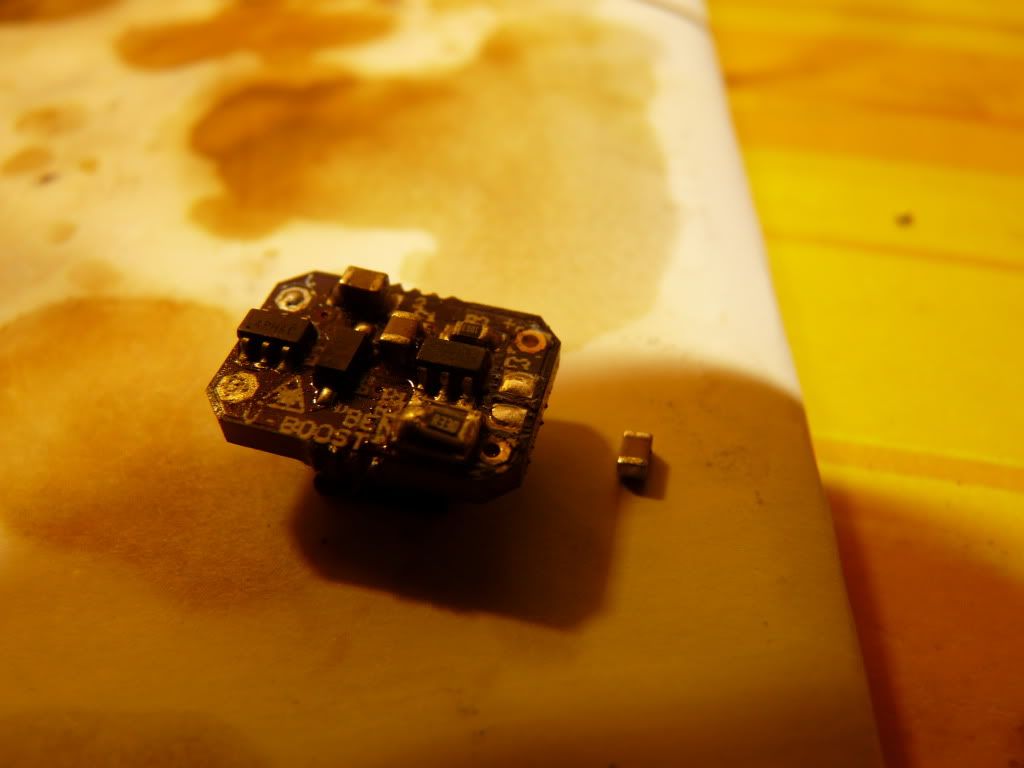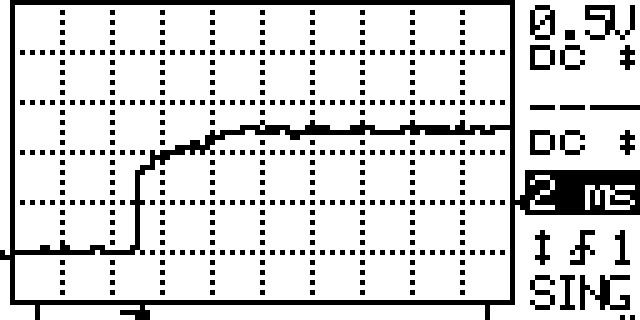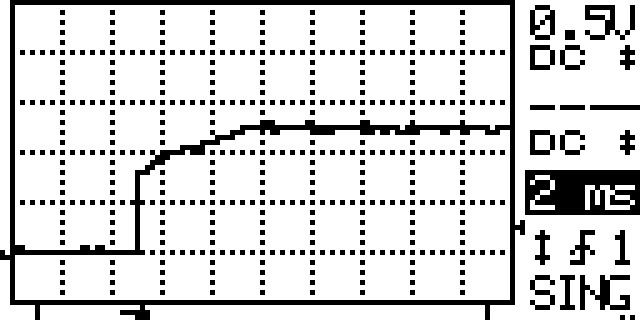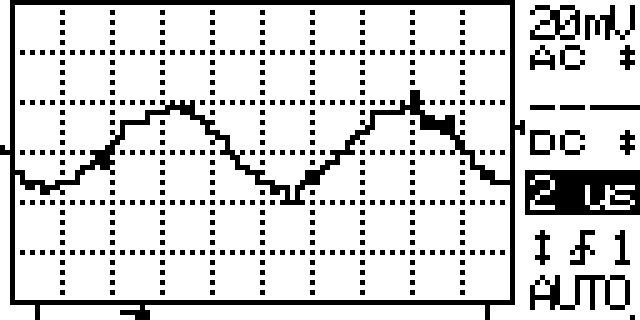Using this calculator:
Pronine Electronics Design - Butterworth Pi Low Pass Filter Calculator
My approach to calculations:
Cutoff Frequency (FC): We want to filter out 1.6 Mhz ripple. It's a low-pass filter, so I decided on 1Mhz (everything above that should be filtered out).
Characteristic Impedance (Zo): Voltage / Current, which is going to be roughly 4.
Number of Components: We're talking about a Cap-Inductor-Cap PI filter, so that's 3 components to the chain.
These figures basically imply 0.04 uF caps, and a 1.27
uF inductor. An appropriate Inductor might be something like this:
IHLP1212BZER1R5M11 Vishay Dale | 541-1321-1-ND | DigiKey
It's 1.5
uF, can easily handle our current levels, has relatively low resistance (so it won't waste much power), and it's small, at 3.6 x 3.0 mm. It's also cheap ($1.30 in single QTYs).
Similarly, a couple caps of that nature should be relatively inexpensive:
08055C473JAT2A AVX Corporation | 478-3771-1-ND | DigiKey
I might have made a mistake - so don't bank on my numbers. I'm also not sure this will work, never having implemented this filter before.










